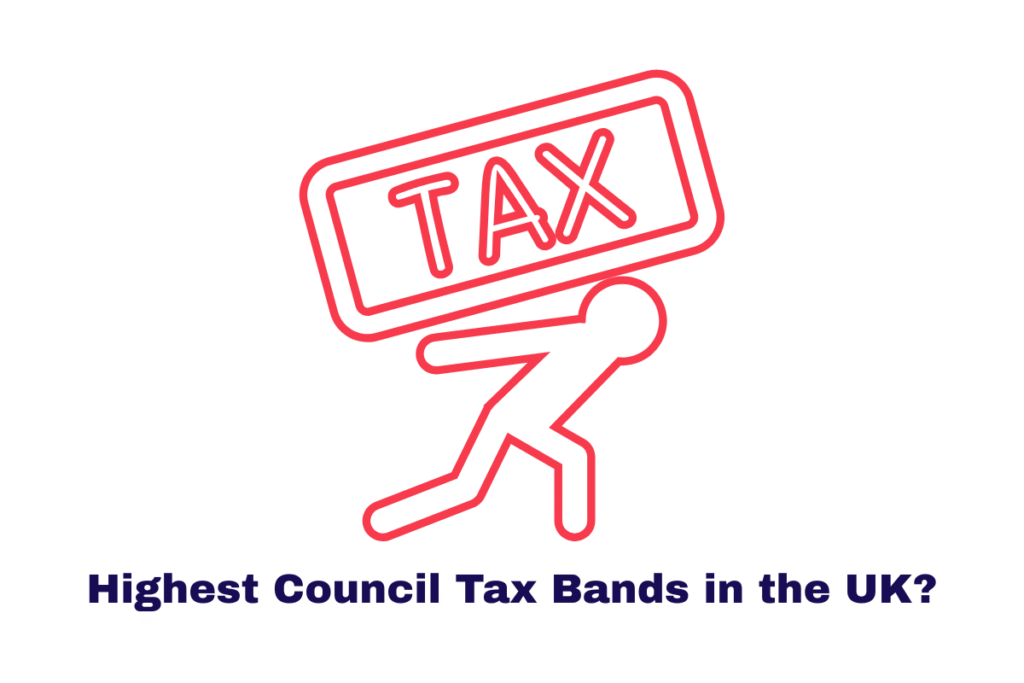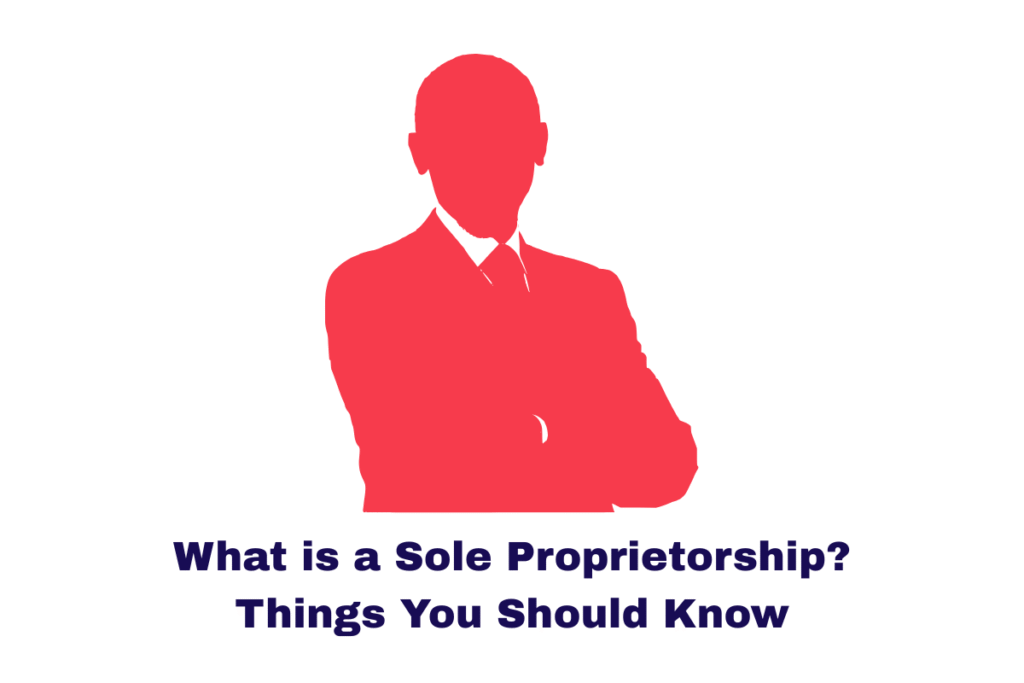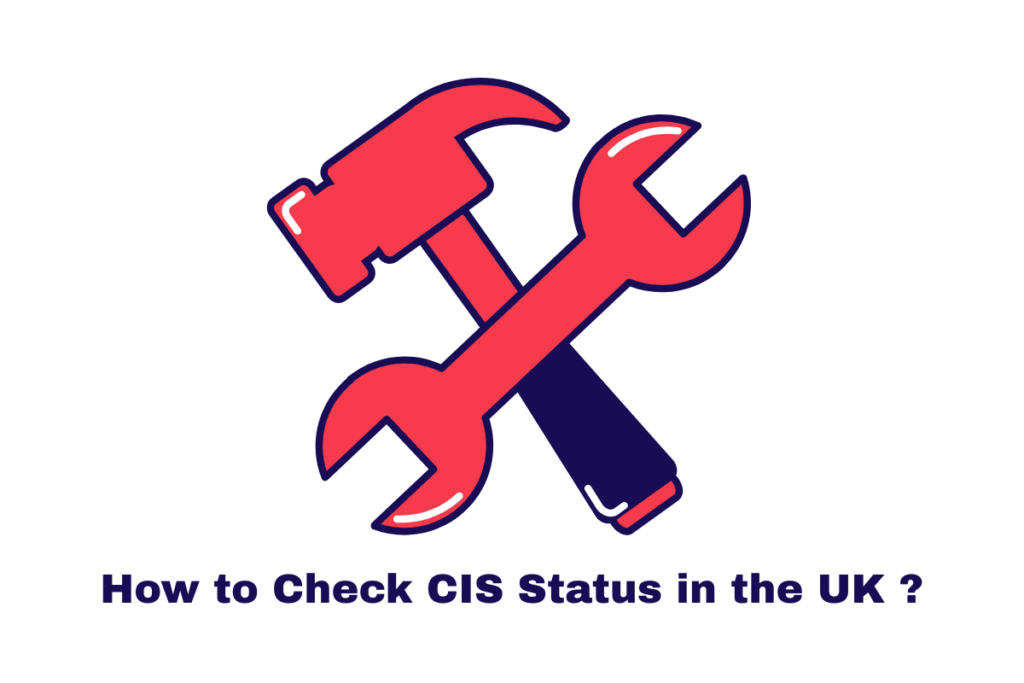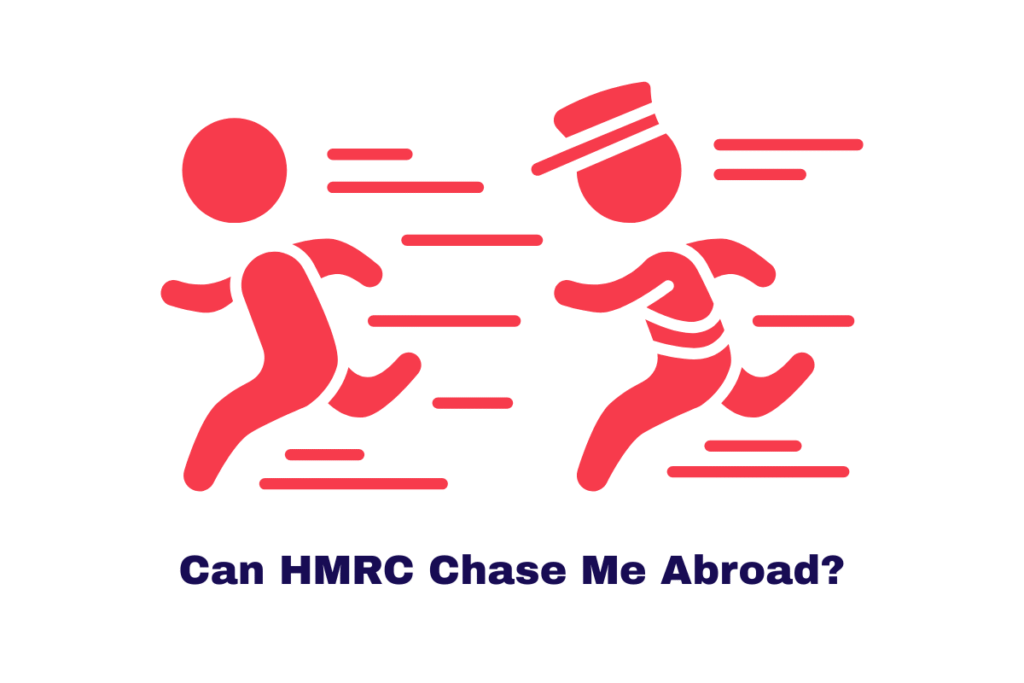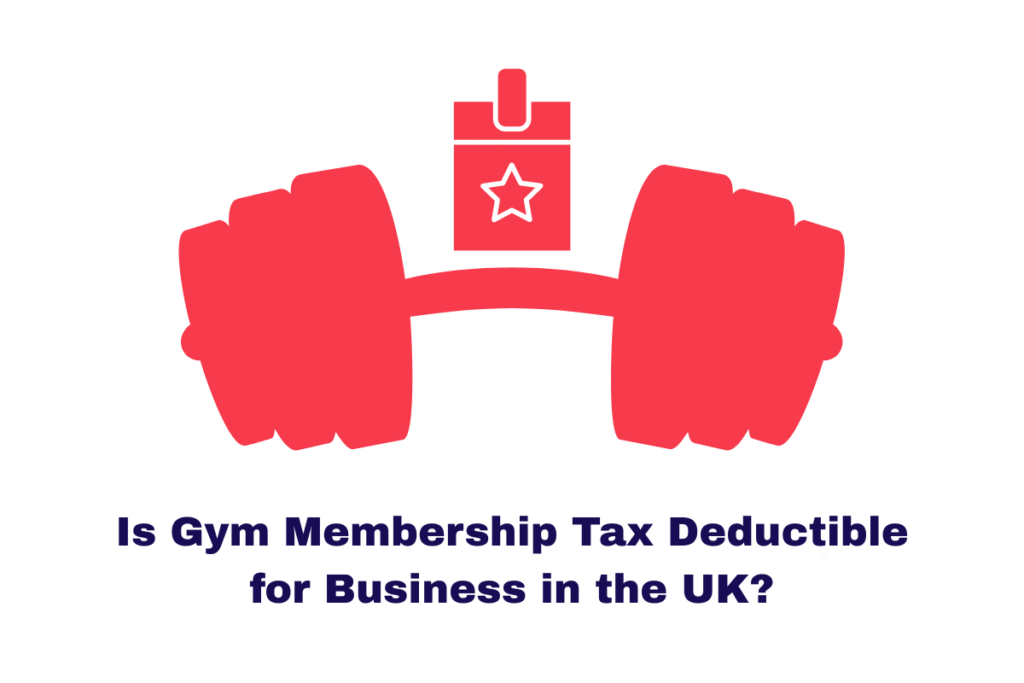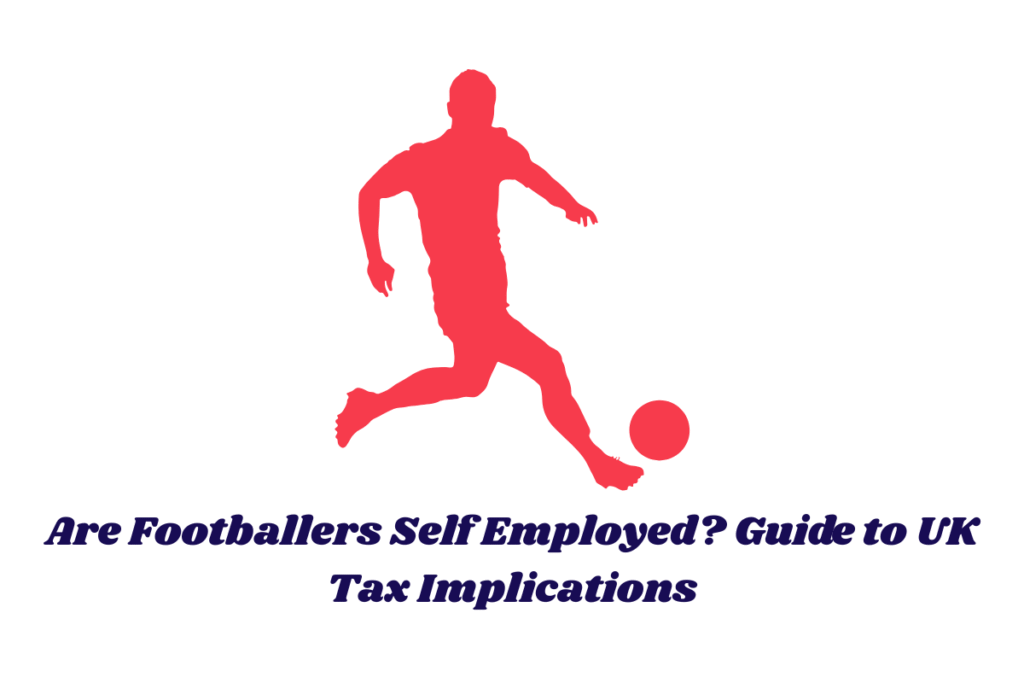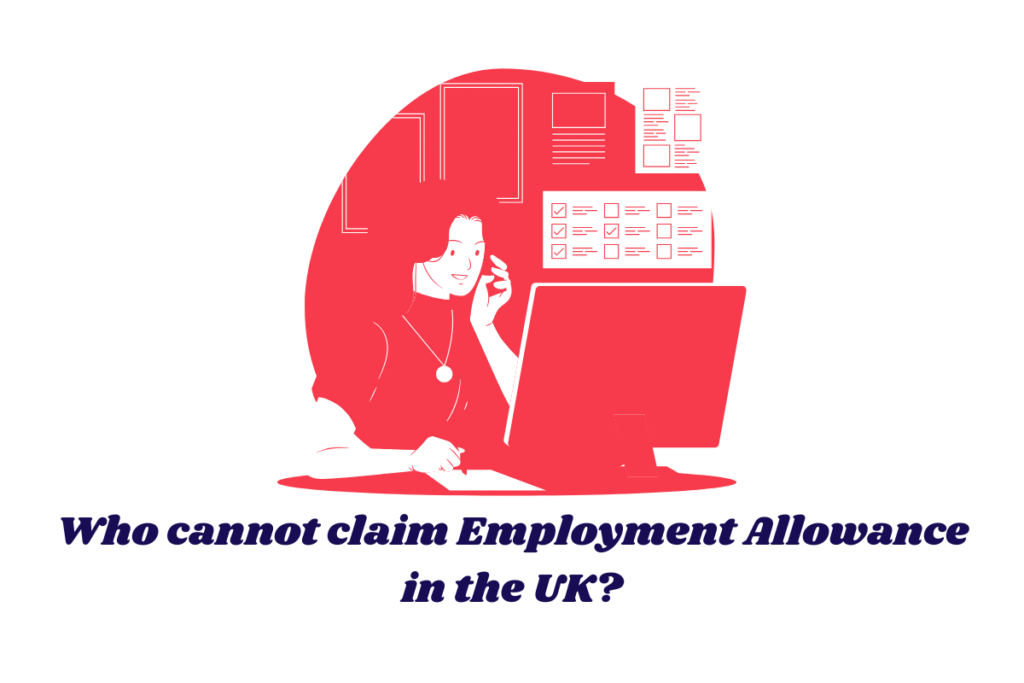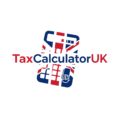Highest Council Tax Bands define the top tier of UK property taxation for homes valued significantly above regional thresholds, including Band H in England and Scotland and Band I in Wales.
High-value properties, often exceeding £320,000 in the original 1991 valuation metrics, face the steepest annual charges set by local authorities such as Westminster City Council, Edinburgh Council, and Cardiff Council.
The highest bands fund essential local services with enhanced contributions while reflecting the premium valuation of properties in affluent areas.
Band H council tax rates, along with their regional equivalents, provide a clear indicator of how local tax structures scale for luxury homes and top-end residential markets.
What Is Council Tax and Why Does It Matter?
Council Tax is a local tax collected by councils to fund essential community services such as rubbish collection, public transport, libraries, street maintenance, and schools.
The amount paid varies depending on the Council Tax band your property falls into. These bands are based on the property’s market value at a set point in time.
Properties are divided into eight bands in England and Scotland (A to H) and nine bands in Wales (A to I). The system is progressive, those who own higher-value properties fall into the highest Council Tax bands and therefore pay more.
The Fundamentals of Council Tax: How Valuation Dictates Liability
To truly grasp the significance of the highest council tax bands, one must first understand the foundation upon which this local government levy is built.
Unlike income tax, Council Tax is a property-based tax, calculated on the estimated market value of a dwelling at a specific historical reference point.
The Historical Valuation Peg
The primary factor dictating your property’s band is its valuation relative to its neighbours, but crucially, this is not based on today’s market value.
-
England and Scotland: Properties were valued based on their market price as of 1 April 1991.
-
Wales: Properties were valued based on their market price as of 1 April 2003.
This historical peg is why a property that might be worth £1 million today could still sit in a lower band if its 1991 valuation was modest, or conversely, a property in a rapidly growing area since the reference date might be significantly undervalued relative to its current market price. This discrepancy is a frequent source of confusion and debate across the nation.
The Eight Valuation Bands (A to H)
The system works using eight alphabetical bands, running from A (the lowest value) to H (the highest council tax bands). These bands represent specific ranges of historical capital values.
| Band | 1991 Valuation Range (England/Scotland) | 2003 Valuation Range (Wales) | Multiplier (Relative to Band D) |
| A | Up to £40,000 | Up to £44,000 | 6/9 |
| B | £40,001 – £52,000 | £44,001 – £66,000 | 7/9 |
| C | £52,001 – £68,000 | £66,001 – £90,000 | 8/9 |
| D | £68,001 – £88,000 | £90,001 – £123,000 | 9/9 (Standard) |
| E | £88,001 – £120,000 | £123,001 – £168,000 | 11/9 |
| F | £120,001 – £160,000 | £168,001 – £228,000 | 13/9 |
| G | £160,001 – £320,000 | £228,001 – £330,000 | 15/9 |
| H | More than £320,000 | More than £330,000 | 18/9 (Double Band D) |
Note: The actual Council Tax bill is calculated by the local authority, using the Band D rate as the base charge and multiplying it by the relevant fraction.
It is clear from this structure: Is band C higher than band B? Yes, unequivocally. Band B represents a higher 1991/2003 valuation than Band A, and Band C a higher valuation than Band B, creating a clear hierarchical scale that culminates in Band H. This sequential valuation system is fundamental to the entire mechanism.
Read Our more Detailed Guides on VAT:
What is VAT and How VAT Works?
What is VAT Exempt in the UK: All VAT Exempt Items
Are Books VAT Exempt in the UK? A Complete Guide for 2025
Is VAT Chargeable on Alcohol in the UK?
Band H: Understanding the Highest Council Tax Bands
The focus of this analysis is squarely on Band H, as this represents the absolute maximum valuation tier in England and Wales.
This is the simple and direct answer to the question, “What is the highest tax band in the UK?” (though we must consider Scotland’s structure shortly).
What Does Band H Mean in Council Tax?
Band H is reserved for properties that were deemed to have the highest market value at the respective valuation date.
In England, this meant any dwelling valued at more than £320,000 in April 1991.
These properties are typically:
-
Large and Exclusive Residences: Stately homes, mansions, or substantial country estates.
-
Prime London Real Estate: Many properties in Kensington and Chelsea, Westminster, and other affluent London boroughs fall into this bracket.
-
New Builds: While valued notionally based on 1991 prices, many modern, large detached homes are placed directly into Band H by the Valuation Office Agency (VOA).
Crucially, the tax ratio for Band H is set at 18/9ths (or double) the rate charged for a Band D property in that specific local authority area.
Regional Nuances: The Scottish and Welsh Structure
While Band H applies in England and Wales, Scotland operates a slightly different structure concerning the maximum amount paid:
-
England and Wales: The scale runs A to H, with H being the highest.
-
Scotland: The scale also runs A to H, and Band H is also the designation for the highest council tax bands. However, the mechanism of payment for Scottish properties is governed by the Scottish Assessors. While the band structure is the same, the actual taxation amounts and the proportion relative to Band D can be slightly different, although the principle of the highest valuation leading to the highest tax liability remains constant.
Therefore, when discussing what is the highest tax band in the UK?, the answer is consistently Band H.
What is the Most Expensive Council Tax in the UK?
It is vital to distinguish between the highest band (H) and the most expensive bill. While all Band H properties are, by definition, paying the maximum rate within their local area, the actual monetary cost varies dramatically depending on where you live.
This is because each of the approximately 350 local authorities in England, Scotland, and Wales sets its own Band D rate annually, based on its budgetary requirements.
Since the Band H charge is a fixed multiple (double) of the local Band D charge, the final annual bill for a Band H property can fluctuate by thousands of pounds across the country.
Geographic Hotspots of High Taxation
The most expensive Council Tax bills are often found in local authority areas that:
-
Have low Council Tax bases: Areas with fewer properties, meaning the cost of local services must be spread among a smaller population.
-
Have high expenditure requirements: Often rural areas with vast infrastructure to maintain or authorities with large social care responsibilities.
Historically, certain areas in the North of England, like various district councils in the Northeast and Yorkshire, have recorded some of the highest Band D rates, leading to exceptionally high Band H liabilities.
Conversely, many central London boroughs, despite having incredibly high property values and thousands of Band H properties, often charge comparatively low Band D rates, resulting in a lower Council Tax bill than a Band H property in a less affluent part of the country. This stark contrast perfectly illustrates the inequity inherent in the system.
In 2025/26, the effective answer to What is the most expensive council tax in the UK? is subject to annual variation. However, the consistent principle is that the most expensive Council Tax will always be charged on a Band H property located within the local authority that sets the highest Band D charge for that fiscal year. Tax advisors always recommend checking the specific local authority rates for the most current data.
Checking Your Band and Understanding Payments
As an expert tax advisor, the most frequent enquiries revolve around how to verify a property’s band and where to direct payments.
Navigating these administrative processes is simplified by official government resources.
Using the Official Council Tax Band Checker
For homeowners or prospective buyers, verifying the property’s Council Tax band is the first step in assessing its financial liability.
-
England and Wales: The official source for this information is the Valuation Office Agency (VOA). You should use the VOA’s online tool, effectively a council tax band checker, to verify what council tax band is my property. This is a free and essential service.
-
Scotland: In Scotland, the valuation is handled by the scottish assessors. They maintain a separate register that allows citizens to easily check their property’s banding.
It is critical that you use these official channels to determine what is my council tax band before entering into any purchase agreement or making any assumptions about your annual costs.
Using a quick council tax checker service provided by your local authority will often redirect you to these primary valuation bodies.
Who Do I Pay My Council Tax To?
Once you know your band, the next essential piece of information is the payee.
You pay your Council Tax directly to the Local Authority (the Borough, District, or Unitary Council) in which your property is situated.
They are responsible for collecting the tax and distributing the revenue to fund the various services they provide, including:
-
Social care (often including the Adult Social Care Precept)
-
Police and Fire services (through precepts they collect on behalf of these bodies)
-
Local infrastructure, planning, and education.
Your local authority sends you an annual bill detailing your specific Band rate (e.g., your Band H charge) and outlining the payment schedule. They also handle the administration of discounts and exemptions.
Can Council Tax Bands Change?
Yes, Council Tax bands can be subject to revaluation or change in certain circumstances.
These include:
- Structural changes to the property
- New builds or conversions
- Changes in local authority boundaries or rules
It’s worth noting that while there hasn’t been a national revaluation in England since 1991, properties are still assessed when altered or newly constructed.
How Is a New Property Assigned a Council Tax Band?
When a property is newly built or significantly altered, the local authority requests a valuation from the VOA. The valuation will take into account:
- The property’s size and features
- The quality of construction
- Market value relative to similar local properties
This ensures that the new or modified property is placed in a band that accurately reflects its value within the housing market at the relevant valuation date.
Challenging the Highest Council Tax Bands
Given the significant financial impact of being placed in Band H, it is understandable that many homeowners consider challenging their banding.
However, the process is nuanced and requires expert scrutiny.
The Appeal Process
Appealing your Council Tax band involves contacting the Valuation Office Agency (VOA) in England/Wales or the scottish assessors in Scotland. An appeal is generally accepted only under specific criteria, such as:
-
A significant physical change to the property or its locality (e.g., demolition or conversion of a neighbour’s property).
-
A change made to a relevant property in the same street that impacts your property’s valuation.
-
If you are a new owner of the property and appeal within six months of purchase (a limited-time window).
A key argument used by professionals is often the ‘Neighbour Principle’. If you can demonstrate that properties of similar size, location, and characteristics were valued lower in 1991 and placed in a lower band (e.g., Band G), this might form the basis of a successful challenge.
The Rebanding Risk
It is vital to proceed with caution. The VOA or scottish assessors are obligated to review the band fully, and this assessment could potentially lead to the band being raised rather than lowered, especially if the original valuation was conservative.
This is a considerable risk, particularly for those on the cusp of the highest council tax bands. Consulting a qualified surveyor or tax expert is non-negotiable before initiating this process.
Exemptions and Discounts Even in Band H
Even if you reside in the highest council tax bands, you may still be eligible for reductions as disabled or a student.
The most common include:
-
Single Person Discount (25%): If only one adult resides in the property.
-
Student Exemption: If all residents are full-time students.
-
Council Tax Support: Means-tested benefits for those on low incomes, regardless of band.
Knowing who do I pay my council tax to? is the first step, as they are the body responsible for processing these applications.
The Future of the Highest Council Tax Bands
The current system, still heavily reliant on 1991 valuations in England, is increasingly seen as outdated and regressive, disproportionately affecting areas that have seen slow house price growth compared to prime metropolitan areas.
While there have been continuous calls for a revaluation across the UK, particularly in England, where the current system is over three decades old, political will has been historically absent due to the likely upheaval in tax liabilities.
Any future revaluation would drastically increase the number of properties entering Band H (the highest council tax bands) as many homes valued between £88,000 and £320,000 in 1991 are now worth millions.
Such a change would redistribute the burden of local taxation and fundamentally alter the answer to What is the most expensive council tax in the UK?, potentially shifting the financial load onto areas of historically high house price inflation.
To effectively utilise your council tax checker now and in the future, you must remain abreast of any governmental discussions regarding revaluation.
Regional Variations in Highest Council Tax Bands
The amount charged in the highest Council Tax bands varies significantly by region:
- London boroughs often charge less in Band H than some rural or suburban councils.
- Welsh Band I rates may differ from Band H in neighbouring English counties.
- Scottish Councils each set their own rate for Band H, which may differ from others even within a small geographic area.
For an accurate estimate of your tax obligations, always refer to your local council’s website.
FAQs: Highest Council Tax Bands in the UK
Q1: What is the Highest Tax Band in the UK?
The highest valuation band in the UK, across England, Scotland, and Wales, is Band H. This band corresponds to the highest historical property values set at the respective valuation dates (1991 for England/Scotland, 2003 for Wales).
Q2: What Does Band H Mean in Council Tax?
Band H means the property was valued above the top threshold for its nation: over £320,000 (1991 value) in England/Scotland, or over £330,000 (2003 value) in Wales. Legally, it means the property must pay 18/9ths (double) the amount of Council Tax levied on a Band D property by that specific local authority.
Q3: Is Band C Higher Than Band B?
Yes, Band C is higher than Band B in the Council Tax valuation hierarchy. The bands are sequential based on increasing property value: Band A is the lowest value, followed by B, C, D, E, F, G, and finally H, which represents the highest council tax bands.
Q4: What Council Tax Band Is My Property?
You can determine this by using the official government resources. For properties in England and Wales, you should use the Valuation Office Agency (VOA) Council Tax Checker. For Scottish properties, you must consult the register maintained by the scottish assessors.
Q5: Who Do I Pay My Council Tax To?
You pay your Council Tax to the specific Local Authority that governs the area where your property is located. This is the Borough, District, or Unitary Council. This body is responsible for sending you the bill, calculating discounts, and managing collections.
The Bottom Line
Understanding the highest council tax bands, Band H, requires an appreciation of historical valuations, regional variations (including the role of the scottish assessors), and the budgetary decisions of local councils.
For those living in the highest council tax bands, the financial implications are substantial, making it critical to know what council tax band is my property and whether you are paying the correct amount.
As expert tax advisors, our ultimate recommendation is twofold:
-
Verify your Band: Use the VOA or scottish assessors register to perform a reliable council tax band checker query, finding out precisely what is my council tax band.
-
Know your Payer: Be clear on who do I pay my council tax to?, your local authority, and use their systems (often a local council tax checker portal) to ensure you claim all available discounts and exemptions.
Whether you are asking What is the most expensive council tax in the UK? or simply, Is band C higher than band B?, the answers are rooted in the same complex but structured system.
By leveraging official government resources and maintaining vigilance over annual rate changes, homeowners can navigate the financial realities of property taxation efficiently and expertly.
